的点评
Hope of a Peaceful Future
原爆之子塑像的点评
点评:Children’s Peace Monument is dedicated to a little girl named Sadako Sasaki who developed leukemia from her exposure to the atomic bomb radiation. It is also a memorial dedicated to all the children who died on the day of the bombing or because of the bomb's aftereffects. Many 11- to 14-year-old students were mobilized to demolish houses to create fire breaks. Surrounded by glass cases of strings of paper cranes as a symbol of peace. The sculpture portrays a child with her arms reaching for the sky and a crane string above her. A Japanese legend said that if a person folded 1,000 origami paper cranes, they would have their wish granted. Sadako’s wish was to be cured but she passed away after making over 700 cranes. Still today people all over the world continue to leave folded cranes at the monument as a symbol of peace. The monument purpose is to mourn all the children who lost their lives due to the atomic bomb explosion. It is often referred to as the “Tower of a Thousand Cranes”
翻译:儿童和平纪念碑是为了纪念一位名叫佐佐木贞子的小女孩而建,她因受到原子弹辐射而患上白血病。这座纪念碑也是为纪念所有在原子弹爆炸当天或因原子弹爆炸后遗症而死亡的儿童而建。许多 11 至 14 岁的学生被动员起来拆除房屋以开辟防火通道。纪念碑周围环绕着玻璃盒子,里面挂着一串串纸鹤,象征着和平。这座雕塑描绘了一个孩子,她的双臂伸向天空,头顶上有一根纸鹤绳。日本传说,如果一个人折了 1,000 只纸鹤,他们的愿望就会实现。佐佐木贞子的愿望是被治愈,但她在折了 700 多只纸鹤后就去世了。直到今天,世界各地的人们仍然继续在纪念碑前留下折好的纸鹤,作为和平的象征。这座纪念碑的目的是悼念所有因原子弹爆炸而丧生的儿童。它通常被称为“千鹤塔”
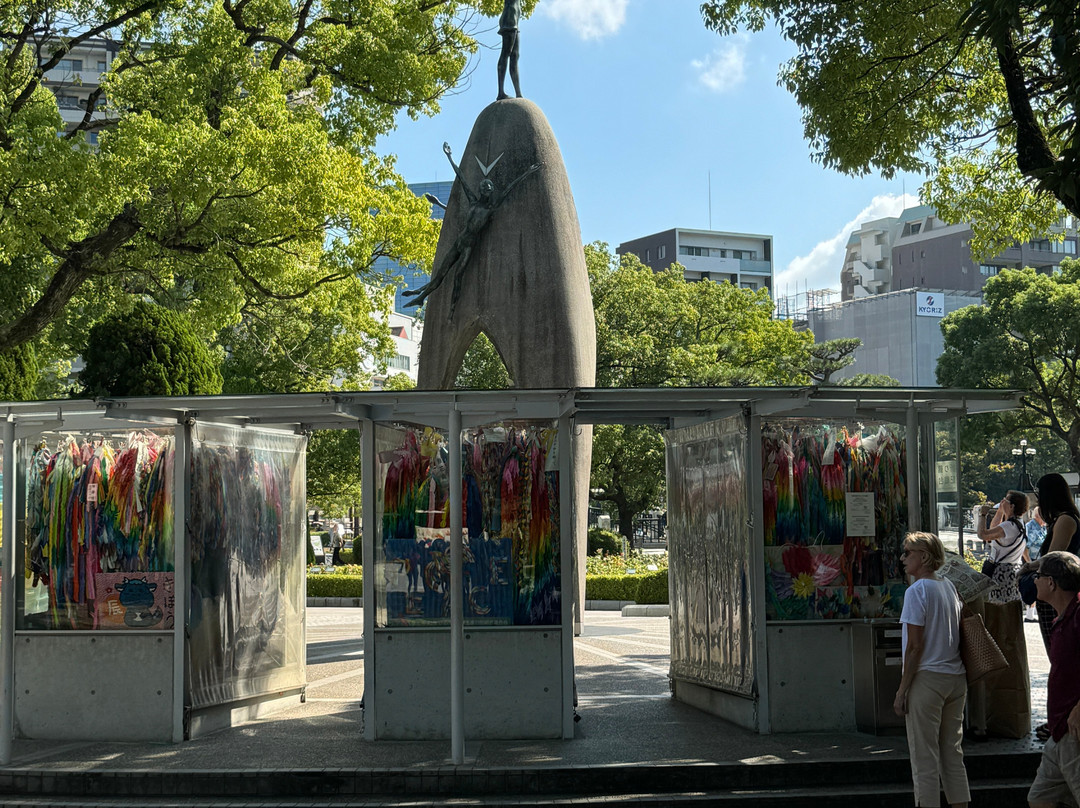
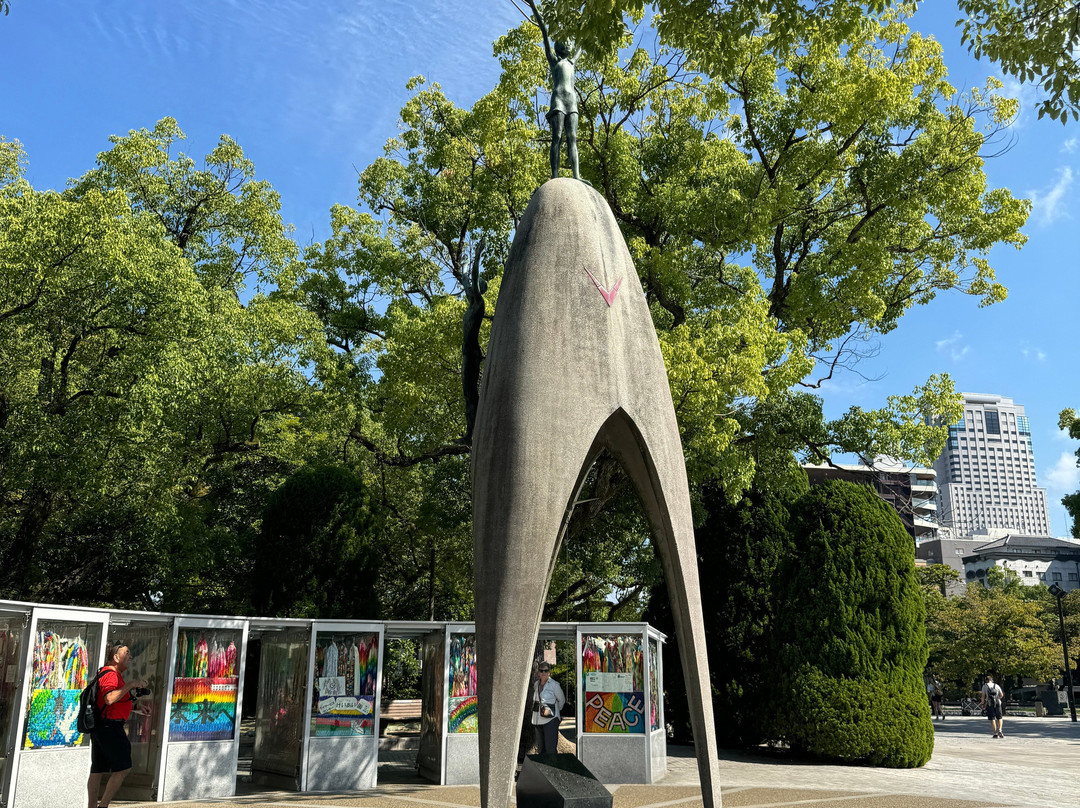
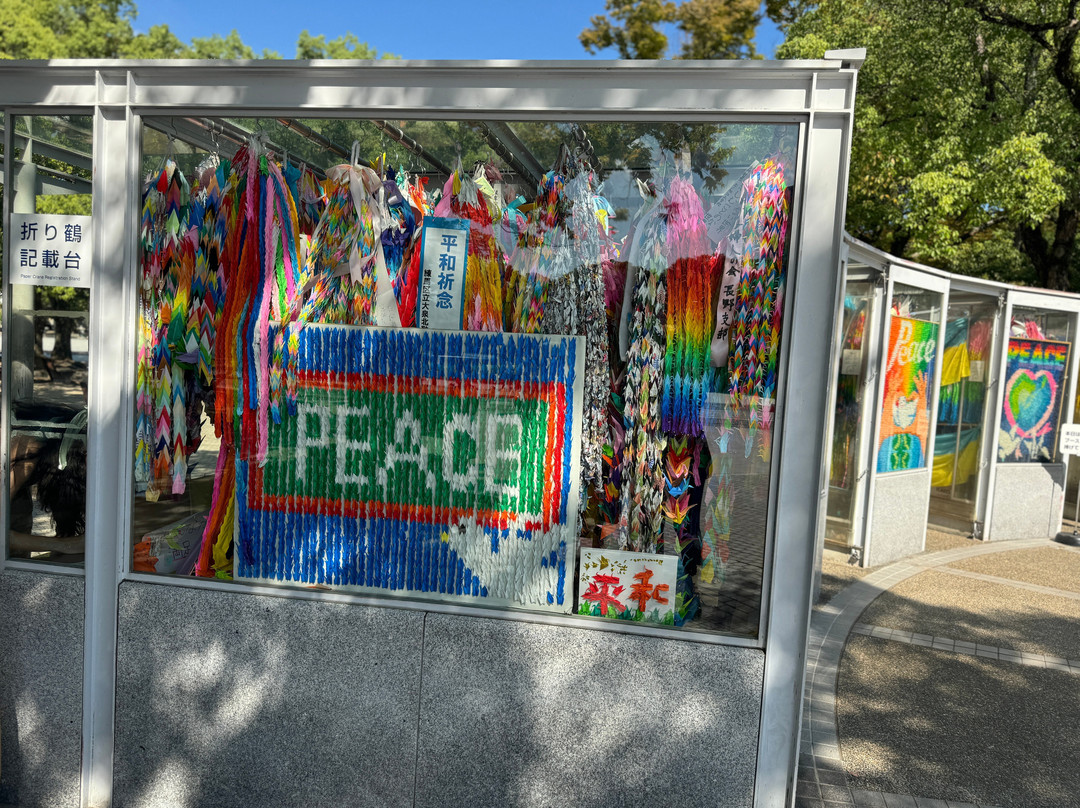
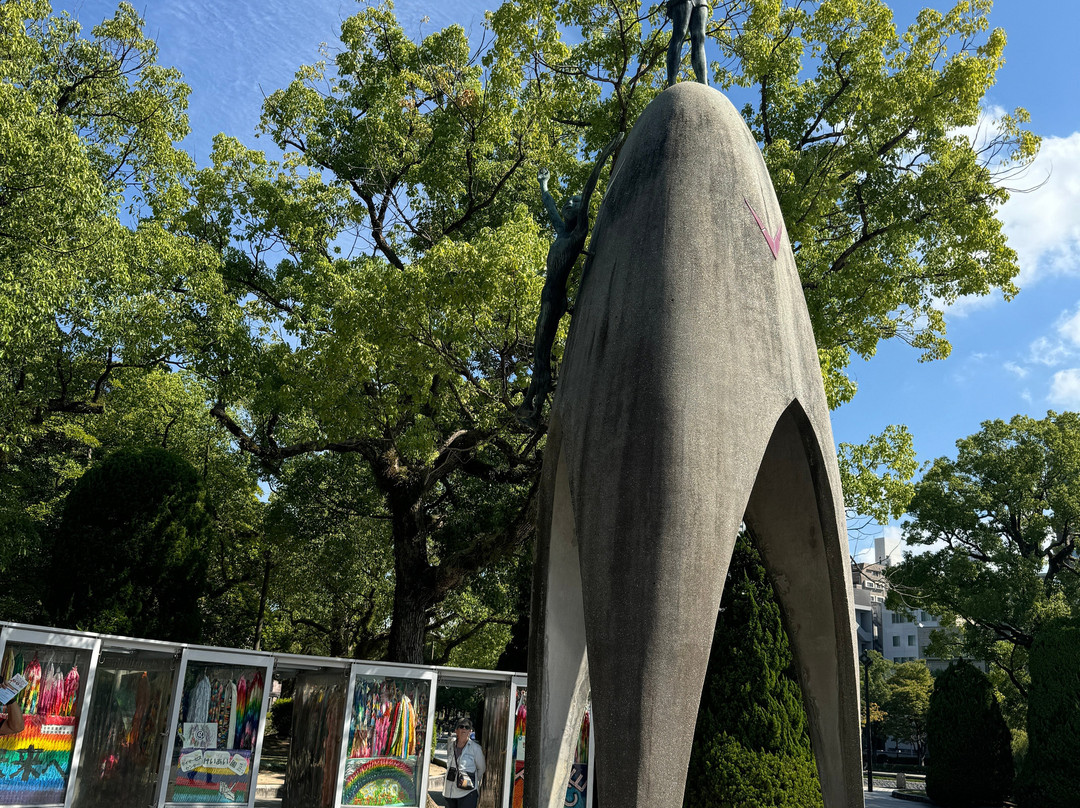
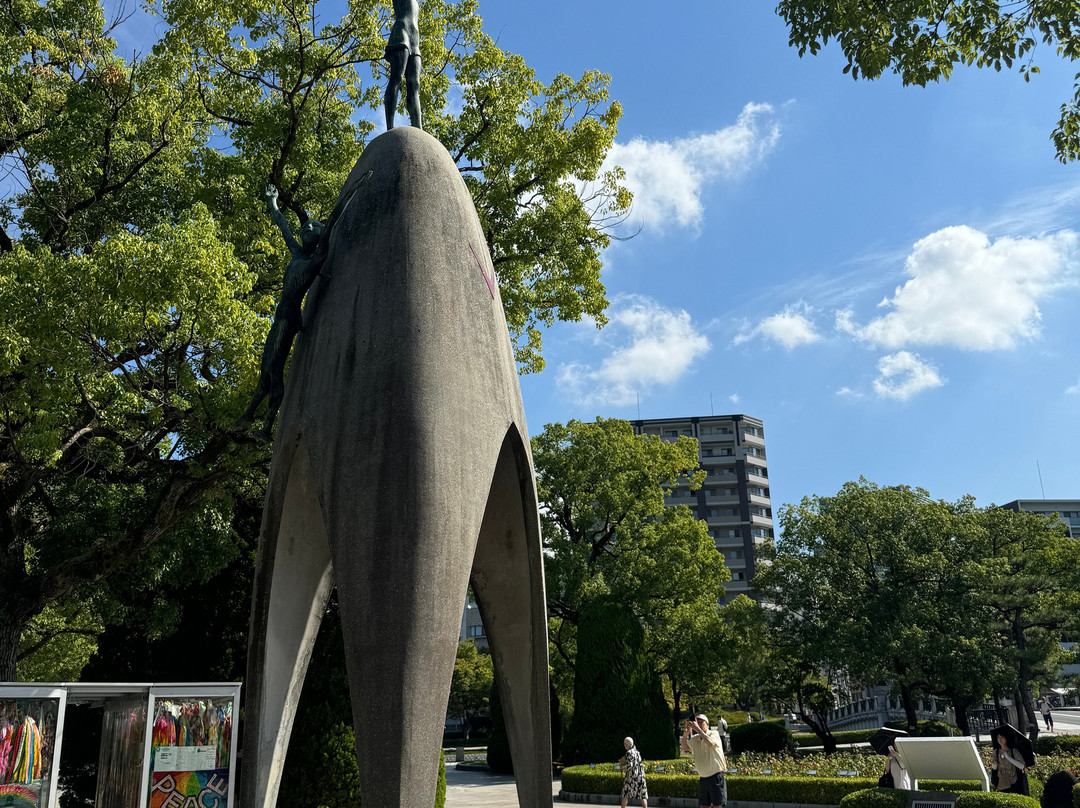
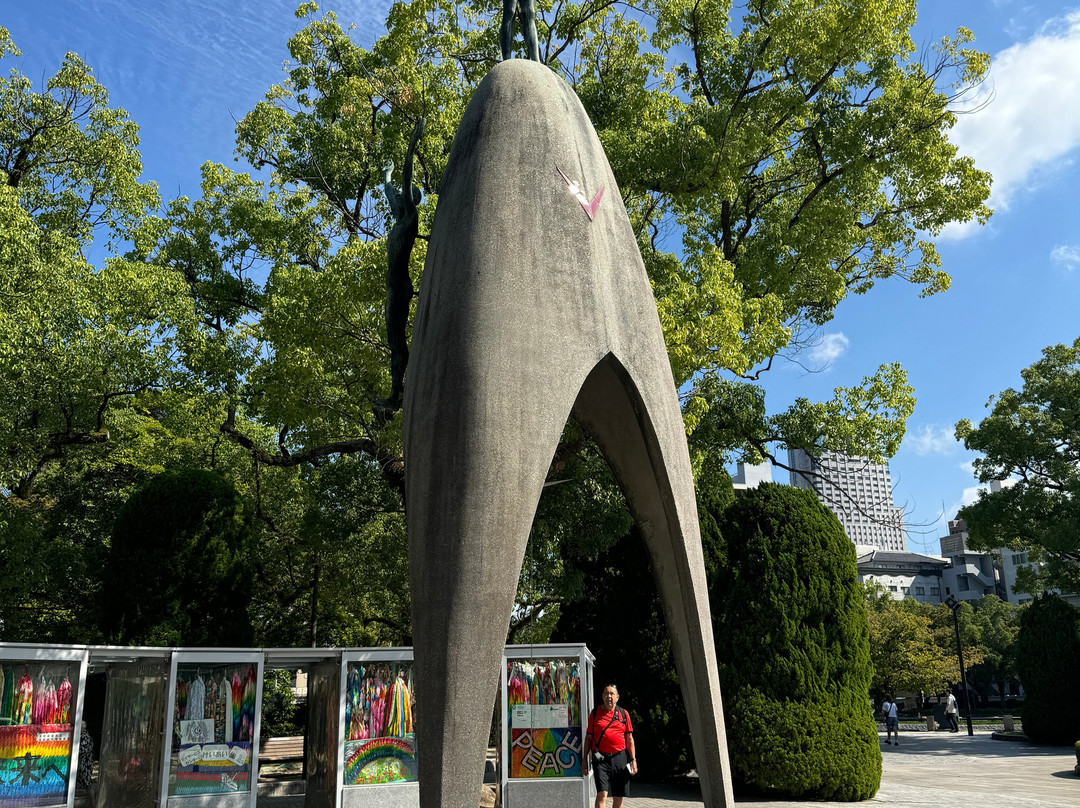
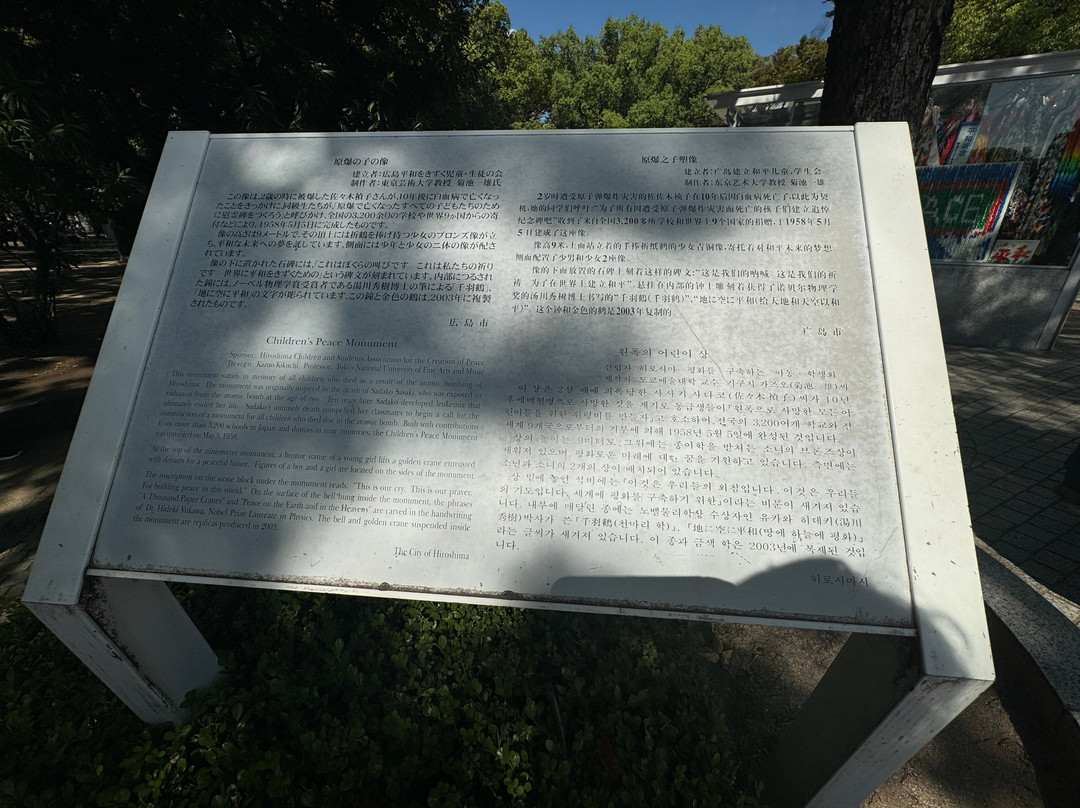
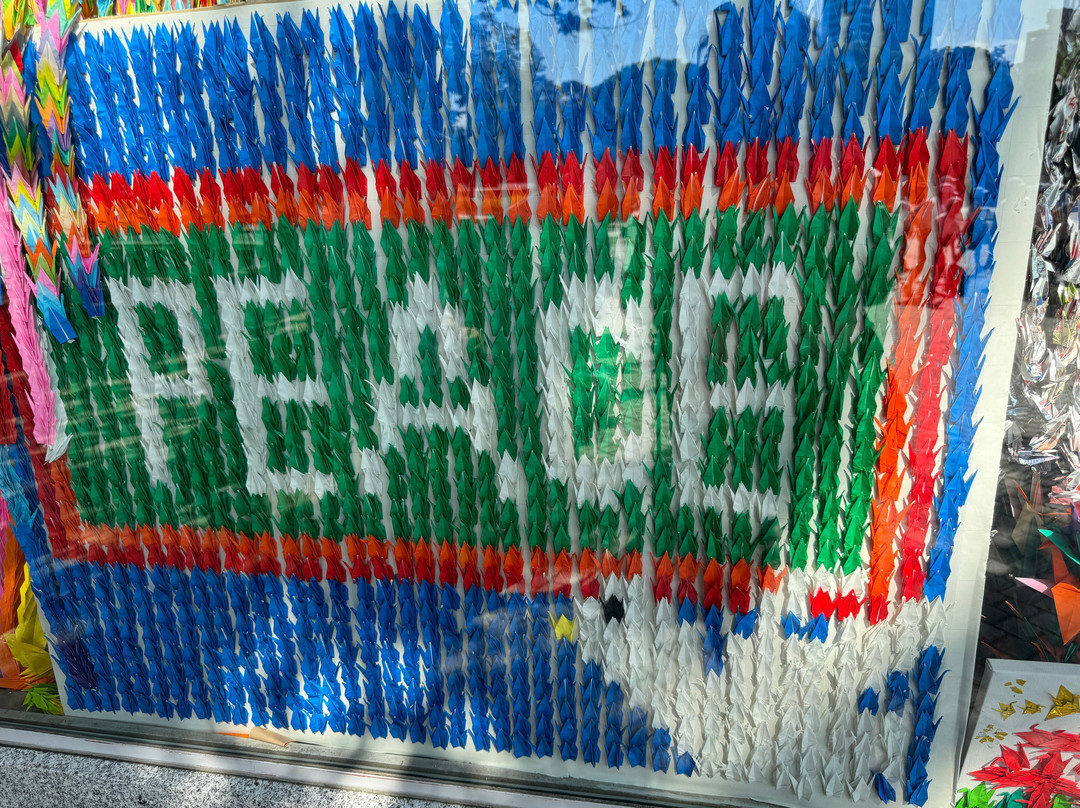
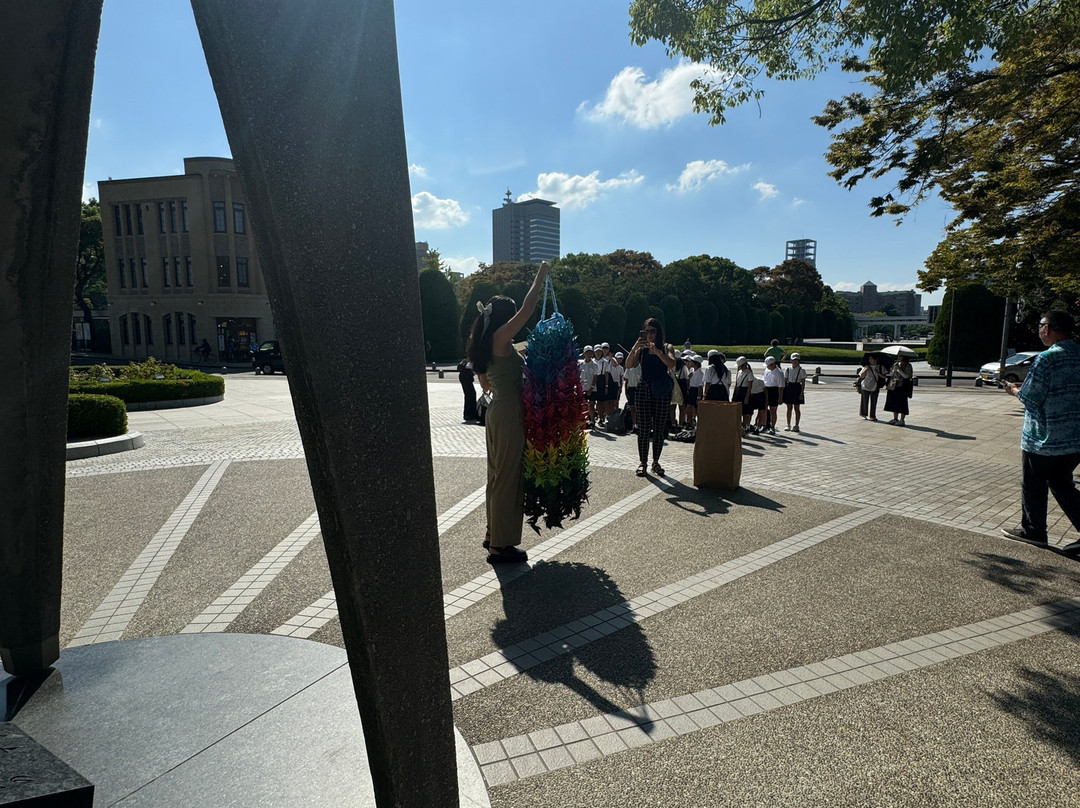

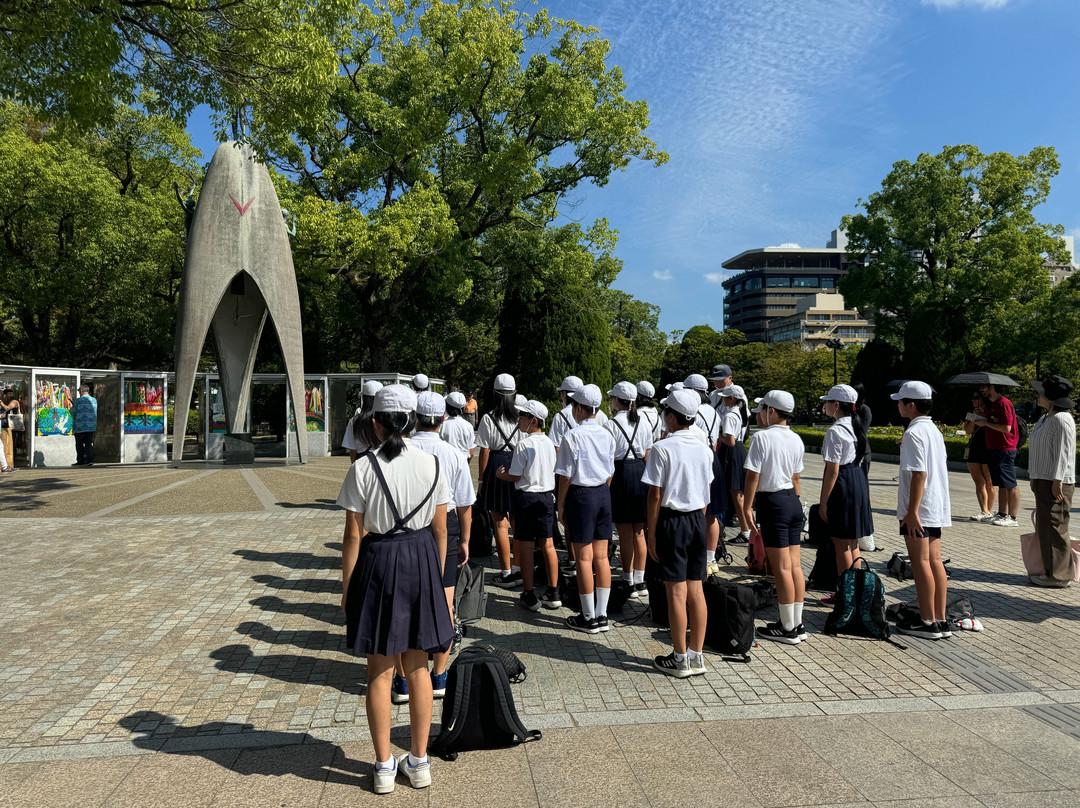
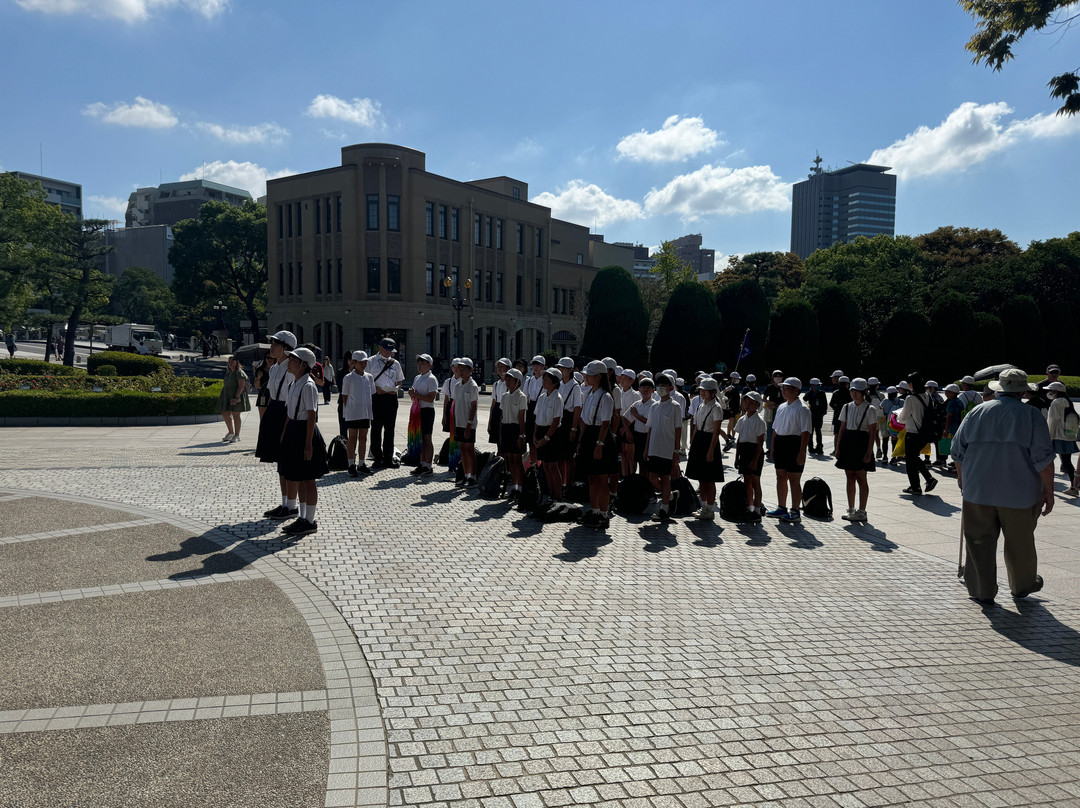
此点评仅代表旅行者个人的主观意见,并不代表TripAdvisor以及其合作方的意见。
关于我们
|
新闻动态
|
商务合作
|
会员中心
|
业主中心
|
业主通
|
常见问题
|
意见反馈
|
联系我们
|
营业执照
© 2025 Tripadvisor 版权所有。
使用条款 |隐私政策 |网站工作原理
部分照片由 VFM Leonardo 提供。
* Tripadvisor不是旅行社,也不是旅游预订服务代理商。我们提供免费、客观、公正的旅游资讯服务。 (显示更多)
TripAdvisor LLC 既不是预订代理商,也不是旅游运营商,不会向网站用户收取任何服务费。 按照规定,在 Tripadvisor 发布机票价格、游览和旅行套餐的合作伙伴(航空公司、旅行提供商及预订代理商),其标价须包含所有费用和附加费用。 例如, 机场出入境税费、消费税与其他服务费、手续费、杂费及附加费用。 当您向我们的某个合作伙伴进行预订时,请务必查阅他们的网站以了解当地行政部门要求的所有适用费用的具体情况。 除非另有说明,机票价格通常指的是一个人的价格(以人民币计)。
为方便起见,TripAdvisor LLC 根据从我们的预订合作伙伴获取的空房率计算每个酒店的均价。 对于游览和景点来说,所显示价格通常是每位成人的最低可用价格。 对于列出的任何旅行套餐或优惠,TripAdvisor LLC 无法保证任何特定的费率或价格。 此外,酒店均价每晚会更新,并以您的首选币种表示(使用现行汇率)。 由于这些已换算的价格是预估价格,因此,有关具体金额和币种请与预订网站进行核实。
此外,TripAdvisor LLC 无法保证我们网站上宣传的价格随时有效。 标价可能需要预订一定天数才能生效,或有不可用日期、使用条件或限制。
TripAdvisor公司对外部网站的内容一概不负责。优惠价格中不含税和其他费用。
ICP证:沪B2-20200433
沪ICP备20013175号
 沪公网安备31010502005427号
沪公网安备31010502005427号鹰程信息技术(上海)有限公司
货币/国家及地区
¥CNY
中国

